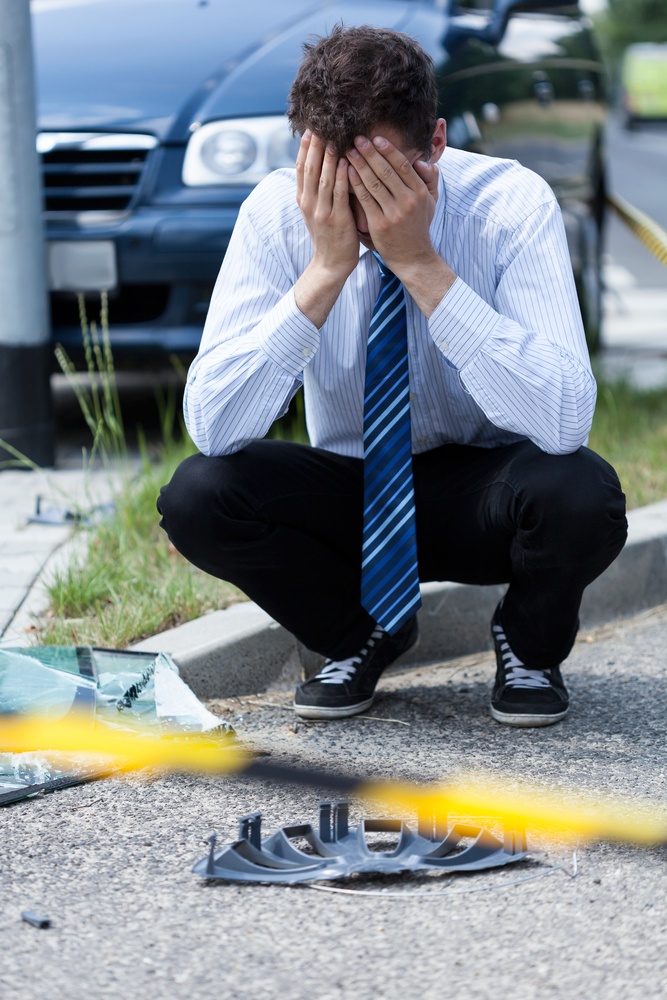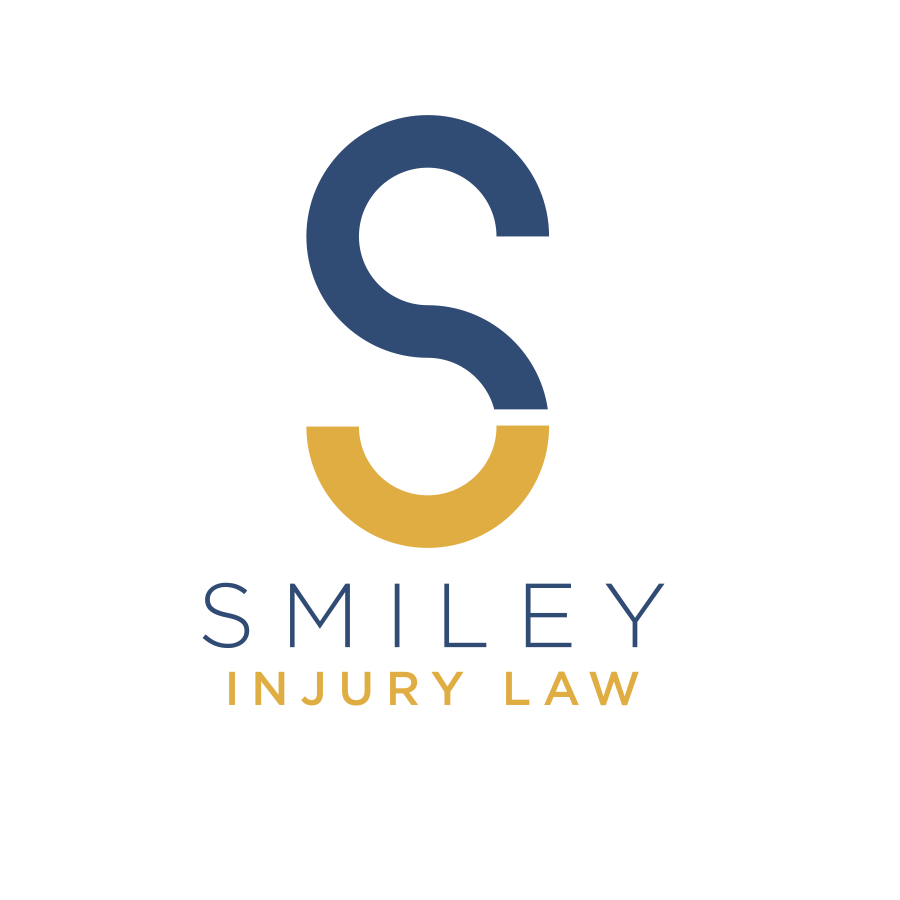In a Rear-End Collision, is the Last Car Always at Fault?

Usually, The Answer Is “YES”
Rear-end collisions are a common cause of car accidents in Louisiana, Texas, California and all states here in our country.
In 2012 the National Highway Traffic Safety Administration (NHTSA) determined that 28% of crashes across the United States were rear-end collisions, which of course means if you have been in an accident, there is a one in four chance that it was a rear-end collision.
What Is A Rear-End Collision?
By definition, a rear-end collision takes place when a vehicle strikes the rear end of another vehicle. Rear-end collisions can also result in multi-car pile-ups, which involve numerous rear-end collisions.
So how is fault determined in a rear-end collision in Louisiana, Texas or California? In general, the rear vehicle assumes the fault for rear-end collisions.
How The Laws Work In Louisiana For Rear-End Collision
However, for example, Louisiana is a comparative fault state, meaning all parties in an accident can be found to be partially at fault for the accident, and their recovery will be reduced by that percentage of fault.
For example, if you are in an accident, and the Court awards you $10,000 for damages, but the Court also determines that the accident was 25% your fault, your award will be reduced and you will only receive $7,500.
Under Louisiana Law the rear-ending driver has the opportunity to prove that he was free from fault by showing the Court the following:
- He had her vehicle under control prior to the collision;
- He was watching the lead vehicle closely prior to the collision;
- He kept a safe distance from the lead vehicle; and
- It was the lead vehicle that created the hazard which could not reasonably be avoided.
In order to prove these elements to the Court, you will need documentation and evidence of your car accident. There are many ways in which you can document your car accident, including:
- Taking pictures or video of the damage to all cars involved, as well as the accident scene, closest intersection, and any traffic signs nearby.
- Calling the police and completing an accident report.
- Taking down the contact information of any witnesses that may have been present.
- If possible, take your car to a mechanic immediately and get an assessment of the damage.
Conclusion
The burden is very hard for the driver of the rear car to overcome. However, we have had cases where the front car actually went in reverse causing the hazard which could not be avoided.
The key take away here is that you always need an attorney to help with your claim if you know you were not at fault in an auto accident.
If you or a loved one have suffered a serious injury in a rear-end collision or multi-vehicle rear-end collision, the experienced and capable attorneys at Smiley Law Firm can help you overcome the presumption of fault if you were the rear-end driver, or obtain fair compensation from a rear-end driver at fault.





